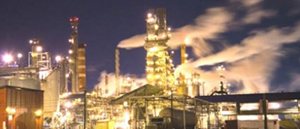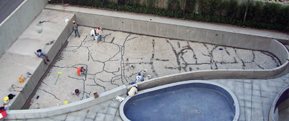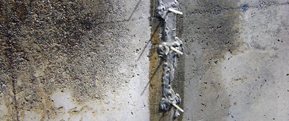Category
- Concrete Leak Repair
- Concrete Technology

Once water infiltration issues arise, either due to a failure in the existing method, or due to inadequate waterproofing, there are often few options regarding the placement of additional systems. Some products are only effective when applied to either the positive OR negative side, and sometimes it is costly or impossible to access the areas where effective waterproofing must be installed.

Crystalline waterproofing technology is becoming well known as the concrete waterproofing solution of the future, and is best recognized as an admixture to new concrete construction. However, this technology can also be applied after the original concrete placement as a surface applied cementitious slurry. In the presence of water, the special chemicals will react with the concrete to grow millions of long, needle-shaped crystals deep into the concrete mass. These crystals permanently block and prevent the passage of water through capillary pores, micro-cracks and joints. The concrete itself becomes the waterproof layer and the surface treatment is not required to remain intact for the system to be effective. As a result, the system – known as Krystol T1 & T2 – is extremely durable and will last the lifetime of the concrete.
Bharat Oman Refineries Limited (BORL), the owner and operator of the Bina Refinery, used Kryton’ s Krystol T1 and T2 Waterproofing System to repair the leaks from the positive side. The joints were treated with Krystol T1, Krystol Bari-Cote and Krystol Plug and the entire reservoir received a coating of the Krystol T1 & T2 surface-applied waterproofing system. The solution saved the owners time and labour costs. The water levels were tested after refilling and measurements were taken for three days to ensure there was no further water leakage. There was none and the project was a success. The refinery currently outputs six million metric tons per year.





